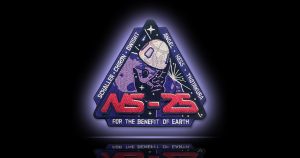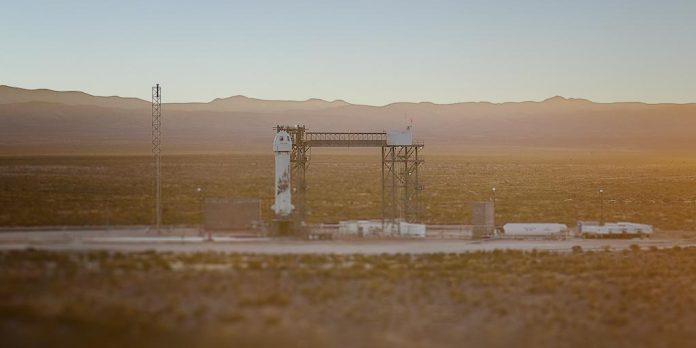KENT, Wash. — To say “good things come to those who wait” is putting it mildly for former Air Force Capt. Ed Dwight.
Dwight was selected by President John F. Kennedy in 1961 as the nation’s first Black astronaut candidate. However, due to circumstances, he was never granted the opportunity to fly to space.
However, his day will come Sunday as a member of the crew of Blue Origin’s seventh human flight, NS-25. The rocket is scheduled to lift off from Launch Site One in West Texas at 8:30 a.m. CDT. The webcast on BlueOrigin.com will start at T-40 minutes.
 The crew includes: Dwight, Mason Angel, Sylvain Chiron, Kenneth L. Hess, Carol Schaller, and Gopi Thotakura.
The crew includes: Dwight, Mason Angel, Sylvain Chiron, Kenneth L. Hess, Carol Schaller, and Gopi Thotakura.
Additionally, Blue Origin released the NS-25 mission patch. A few of the symbols embedded include:
- The Gemini spacecraft represents Ed Dwight’s aerospace training era. The hand lifting the crew capsule is a nod to his extensive artwork.
- The sunrise represents Mason Angel and Carol Schaller’s desire to experience the overview effect.
- The mountains symbolize Carol Schaller, Gopi Thotakura, and Sylvain Chiron’s passion for climbing and skiing.
- The crew capsule’s leaf design reflects the groundbreaking family heritage software Kenneth L. Hess developed.
This mission will be the seventh human flight for the New Shepard program and the 25th in its history.
Each astronaut will carry a postcard to space on behalf of Blue Origin’s foundation, Club for the Future. This program gives students access to space on Blue Origin’s rockets, including an all-digital method to create and send postcards, which can be found here. The Club’s mission is to inspire and mobilize future generations to pursue careers in STEAM for the benefit of Earth.
Named after astronaut Alan Shepard, the first American in space, New Shepard is Blue Origin’s fully reusable, suborbital rocket system built for human flight from the beginning.
During the 11-minute journey, astronauts soar past the Kármán line (100 km/62 miles), the internationally recognized boundary of space.
The vehicle is fully autonomous — there are no pilots.
From an environmental standpoint, nearly 99% of New Shepard’s dry mass is reused, including the booster, capsule, engine, landing gear, and parachutes. New Shepard’s engine is fueled by highly efficient liquid oxygen and hydrogen. During flight, the only byproduct is water vapor with no carbon emissions.
Don’t miss out! Subscribe to our email newsletter to have all our smart stories delivered to your inbox.



